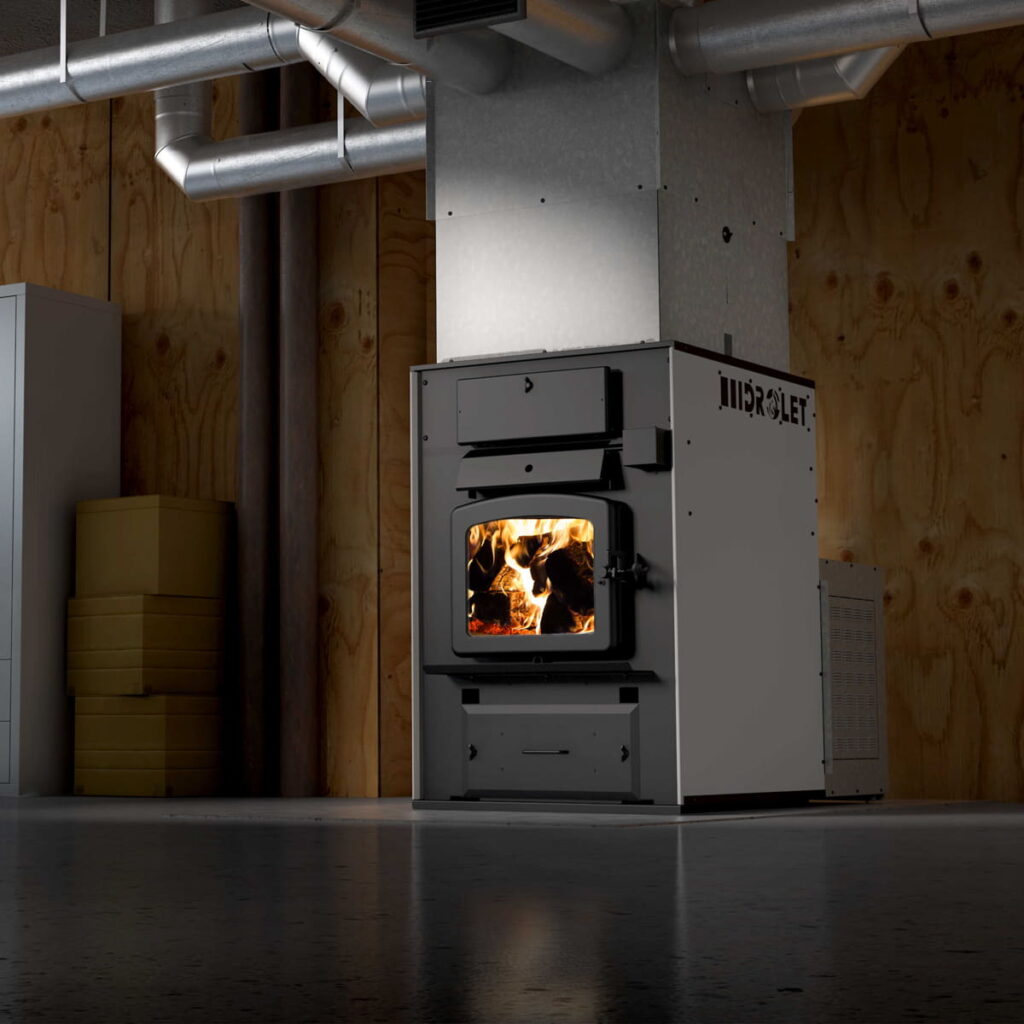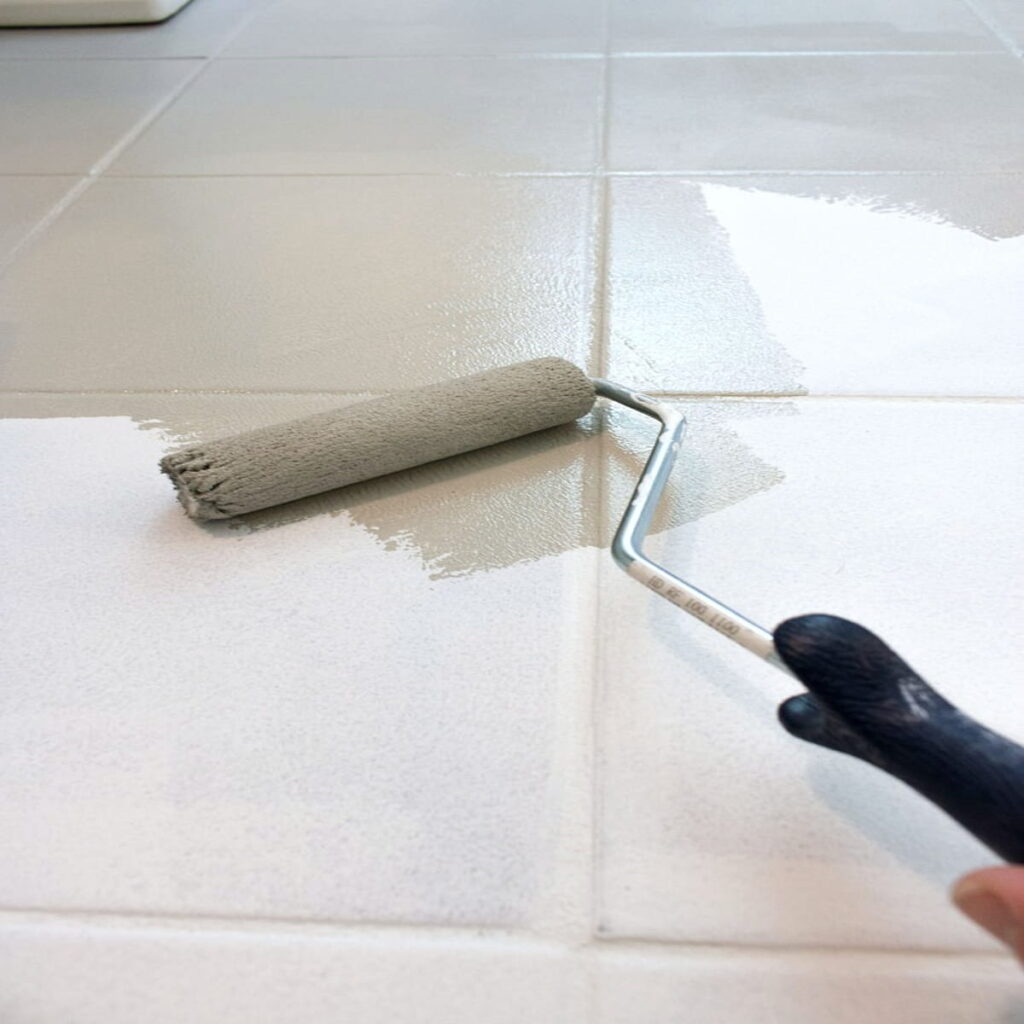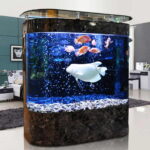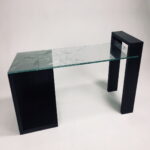When it comes to commercial buildings, the types of roofs you choose plays a crucial role in the building’s overall durability, energy efficiency, and maintenance costs.
In this article, we’ll delve into the various types of roofs commonly used on commercial buildings, highlighting their features, benefits, and considerations.
Understanding these roof types can help you make informed decisions when it comes to roofing your commercial property.
Types of Roofs on Commercial Buildings
Types of Roofs on Commercial Building : Flat Roofing Systems
Flat roofing systems are a popular choice for many commercial buildings due to their simplicity and cost-effectiveness.
These roofs are typically made from materials like EPDM rubber, TPO (thermoplastic polyolefin), PVC (polyvinyl chloride), or modified bitumen.
They offer easy access for maintenance and installation of HVAC systems, solar panels, and other equipment.
However, proper drainage and waterproofing are crucial considerations for flat roofs to prevent water pooling and leaks.
Types of Roofs on Commercial Buildings : Metal Roofing
Metal roofs are known for their durability and longevity, making them a preferred option for commercial buildings.
They can be made from materials like steel, aluminum, or copper and offer excellent resistance to fire, extreme weather, and pests.
Metal roofs are also energy-efficient, reflecting heat to reduce cooling costs.
However, they can be susceptible to corrosion in coastal areas or acidic environments, requiring proper maintenance and coatings.
Types of Roofs on Commercial Buildings : Green Roofs
Green roofs, also known as vegetative or eco-roofs, are becoming increasingly popular for commercial buildings due to their environmental benefits and aesthetic appeal.
These roofs are covered with vegetation, which helps absorb rainwater, reduce heat absorption, and improve air quality.
Green roofs also provide insulation, extending the lifespan of the roof membrane and reducing energy costs.
However, they require proper waterproofing, drainage, and maintenance to thrive.
Types of Roofs on Commercial Buildings : Built-Up Roofing (BUR)
Built-up roofing systems consist of multiple layers of bitumen, reinforced with materials like gravel or asphalt.
These roofs offer excellent waterproofing and durability, making them suitable for flat or low-slope commercial buildings.
BUR roofs can withstand foot traffic and exposure to UV rays, but they require regular inspections and maintenance to address potential issues like punctures or moisture infiltration.
Types Of Roof On Commercial Buildings : Wrapping It Up
Choosing the right types of roofs for your commercial buildings is a significant decision that impacts its performance, maintenance, and lifespan.
Flat roofing systems, metal roofs, green roofs, and built-up roofing systems are among the popular options, each with its unique features and considerations.
By understanding the pros and cons of these roof types, you can make informed choices that enhance your building’s resilience, energy efficiency, and overall value.
ALSO READ
Types Of Rubber Roofs
How To Paint A High Ceiling On Stairs Easily and Safely
Ceiling Tiles Asbestos How To Recognize Almost Instantly










One Comment